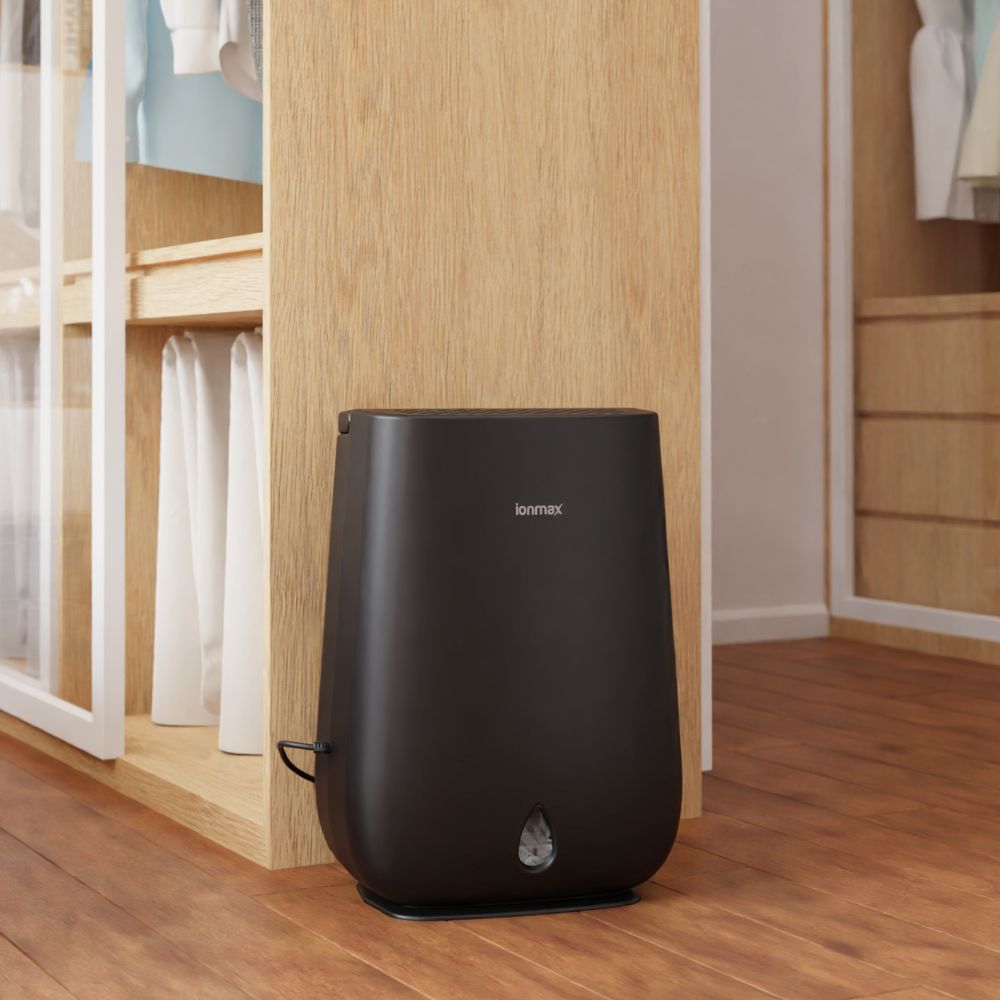What is thunderstorm asthma?
The first instance of thunderstorm asthma occurred in Melbourne in 1987. Other cases have been reported in Australia’s southeast as well as in England and Italy.
One in six Australian suffer from hay fever or allergic rhinitis – an allergic reaction to pollen.
Grass pollen is normally too large to enter the small airways of the lungs and is filtered out by the nose, causing symptoms of hay fever in those allergic to pollen.
However, during a thunderstorm, pollen from grass, trees, and weeds, as well as mould spores, are lifted into the air.
Moisture from storms then causes these pollen to rupture into particles that are tiny enough to enter our lungs.
The winds during thunderstorms compound this, causing these small particles to float around at ground level where they can be easily inhaled.
This causes an acute asthma attack in those who are allergic to pollen. The symptoms of thunderstorm asthma can occur quickly and include shortness of breath, chest tightness, coughing and wheezing.
Janet Davies, Ph.D., the head of the Allergy Research group at the Queensland University of Technology in Brisbane, told Healthline the severity of the event was impossible to predict.
“Thunderstorm asthma epidemics do not happen every time there is storm activity on high grass pollen count days,” Davies told Healthline.
“There are a number of complex weather factors — e.g., wind patterns, changes in temperature and humidity — that interact with the load of allergens in the air. Local factors like the type of grass, the timing and intensity of grass pollination, are likely to be important.”
How to treat thunderstorm asthma

Even those with mild allergies can experience respiratory distress during thunderstorms, and those with asthma should take appropriate precautions. Anyone with asthma who has allergy symptoms in spring (including hay fever, or worsened asthma symptoms) should follow these precautionary steps:
See your doctor to make sure that your hay fever due to grass pollen is well treated. Regular use of nasal corticosteroid sprays is more effective than antihistamine tablets for severe hay fever, and both treatments can be used together.
If you have asthma, carry and use a regular preventer inhaler, even if you feel well. These inhalers are designed to reduce the inflammation in the lungs over a period of time, and prevent an asthma attack occurring.
“Use it at the first sign of symptoms; do not wait to see if symptoms go away on their own. Inhalers deliver medication quickly and directly to inflamed and congested airways,” Dr Davies said.
Stay inside during a thunderstorm. If outside just prior to the thunderstorm occurring, wash your clothes and take a shower to remove any pollen.
While indoors, asthma sufferers can protect themselves from pollen and other irritating pollutants, by running an air purifier with a true HEPA filter, such as the Ionmax Aire High-Performance UV HEPA Air Purifier.
By preparing for asthma triggers after a thunderstorm, sufferers can enjoy healthier, cleaner air indoors and spend less time wheezing.
Learn more about thunderstorm asthma from the Australiasian Society of Clinical Immunology and Allergy website
Disclaimer: The information provided in this article is for general reference only. Please seek advice from professionals according to your needs.









